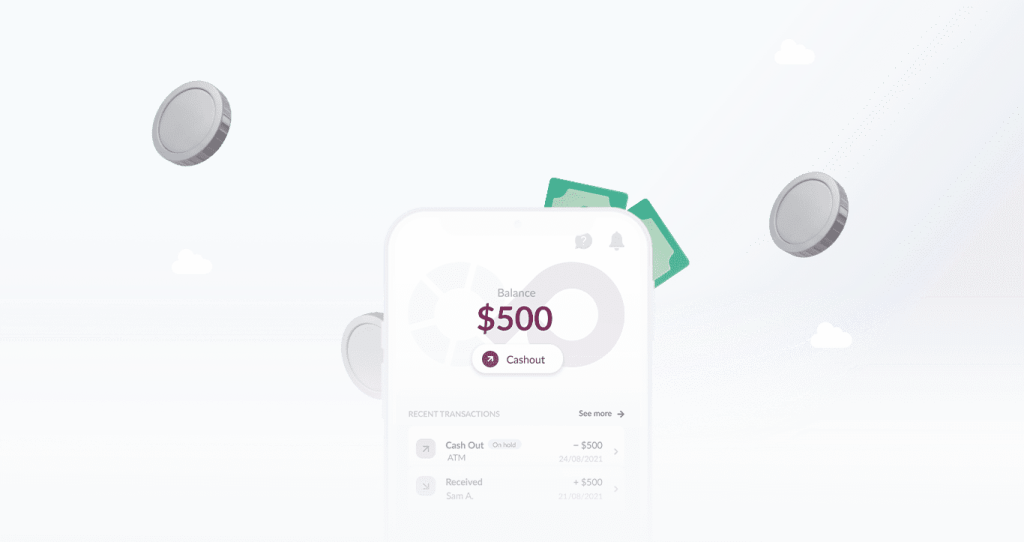According to the most recent World Bank data, remittances to low- and middle-income countries (LMICs) are expected to reach $630 billion in 2022. The flows were expected to contract by at least 14% by the Covid-19 pandemic, but the contraction was much milder, highlighting the resilience of remittances and their importance in sustaining livelihoods. As one of the first financial services used by migrants and their families, remittances provide a point of contact with the financial sector.
Here is an overview of how remittances are used and how they can be scaled up.
The use of remittances
At a national level
Remittances serve as a safety net, lifting families out of poverty and decreasing demand for public social programs. Also, they provide recipient countries with hard currency, allowing governments to borrow money at a lower cost. During crises, the increased needs of family members cause migrants to send more money home. As a result, it acts as a significant economic buffer in times when foreign investors withhold their funds.
At a household level
Remittances are the world’s largest poverty alleviation program. In fact, families who receive money spend them mostly on basic necessities like food, clothing, and shelter. Additionally, this unique source of income allows receiving households to deal with unexpected problems and save residually from amounts received during good months. As per estimates, between 20% and 30% of remittances received can be used for savings and investment over time.
The case of Lebanon
Remittances are a lifeline for Lebanon. Having a large and active diaspora of more than 15 million Lebanese (estimated) who live across the globe ensures Lebanon’s survival.


Remittances as a driver of financial inclusion
There are 2 billion people worldwide without access to financial services provided by regulated financial institutions, and 73% of the poor are unbanked. Migrant workers and their families back home are among those who are financially excluded. Despite the fact that this group represents a USD430 billion industry from host countries to home countries, the financial sector has been unable or unwilling to adapt to the specific needs of migrants and their families, thus leaving this economic engine largely untapped. Increasing the volume of remittances is one way to maximize its positive effects on development and financial inclusion.
How to scale up remittances’ volume and financial inclusion?
Digitalization of remittances
Digital remittances, or transfers between transaction accounts, allow broader access to and use of these accounts, contributing to financial inclusion. In terms of financial inclusion, their use can provide users with tangible opportunities to obtain additional financial services. Furthermore, the number of senders and receivers who use those accounts instead of unregulated channels will increase. This can significantly increase the total value of remittances, thereby increasing their economic development impact.
Improve financial literacy
Financial education must remain a central pillar of every initiative dealing with remittance and financial inclusion. As financial education enables senders and receivers to use their funds to their maximum benefit, thus increasing the volume of remittances and increasing financial inclusion.
Promote legal and regulatory frameworks
It is critical to promote legal and regulatory frameworks in both sending and receiving countries that are sound, predictable, non-discriminatory, and proportionate to the level of risk. Furthermore, more players must enter the market, payment networks must be expanded, and exclusivity agreements must be terminated when they impede competition.
Purpl’s role in increasing remittance inflow to Lebanon and enabling financial inclusion
Purpl is an answer to the deepening humanitarian and economic crisis faced by Lebanon since August 2019 that has left most of the Lebanese citizens unbanked. The loss of trust in a paralyzed banking sector is leading to a cash economy that has seen more than c. LBP 40 000bn left in people’s homes (5.7xgrowth YoY). In addition, Purpl aims to become the partner of choice for the yearly $7BN remittances coming into Lebanon, mostly from the GCC, incorporating a digital wallet and connecting Lebanon to the world, one adopter at a time. We create new corridors to Lebanon by allowing international digital players to enter the market. Thanks to this new ecosystem, sending money to Lebanon has never been easier, safer, or more inclusive.
Purpl’s users will be able to:
- Cash out from Purpl’s network of best-in-class partners
- Receive money from abroad directly on its e-wallet
- Top-up its e-wallet via cash-on-hand at our network of distributors, bank transfer and Credit/Debit Card
- Transfer funds to another e-wallet partner or bank account
- Pay with its wallet at a network of merchant partners

Purpl’s unique remittance network and fintech solution will give consumers seamless, low-cost ways to send, receive, and spend money.
Written by: Rim Ghandour

